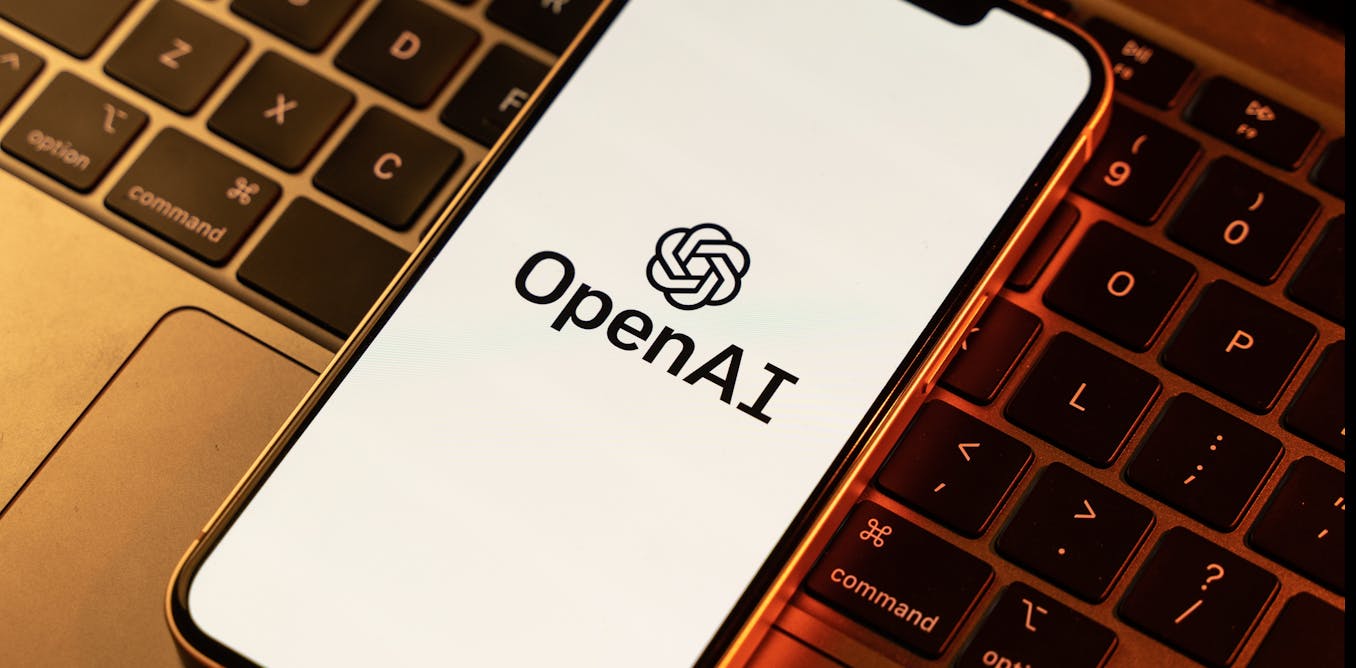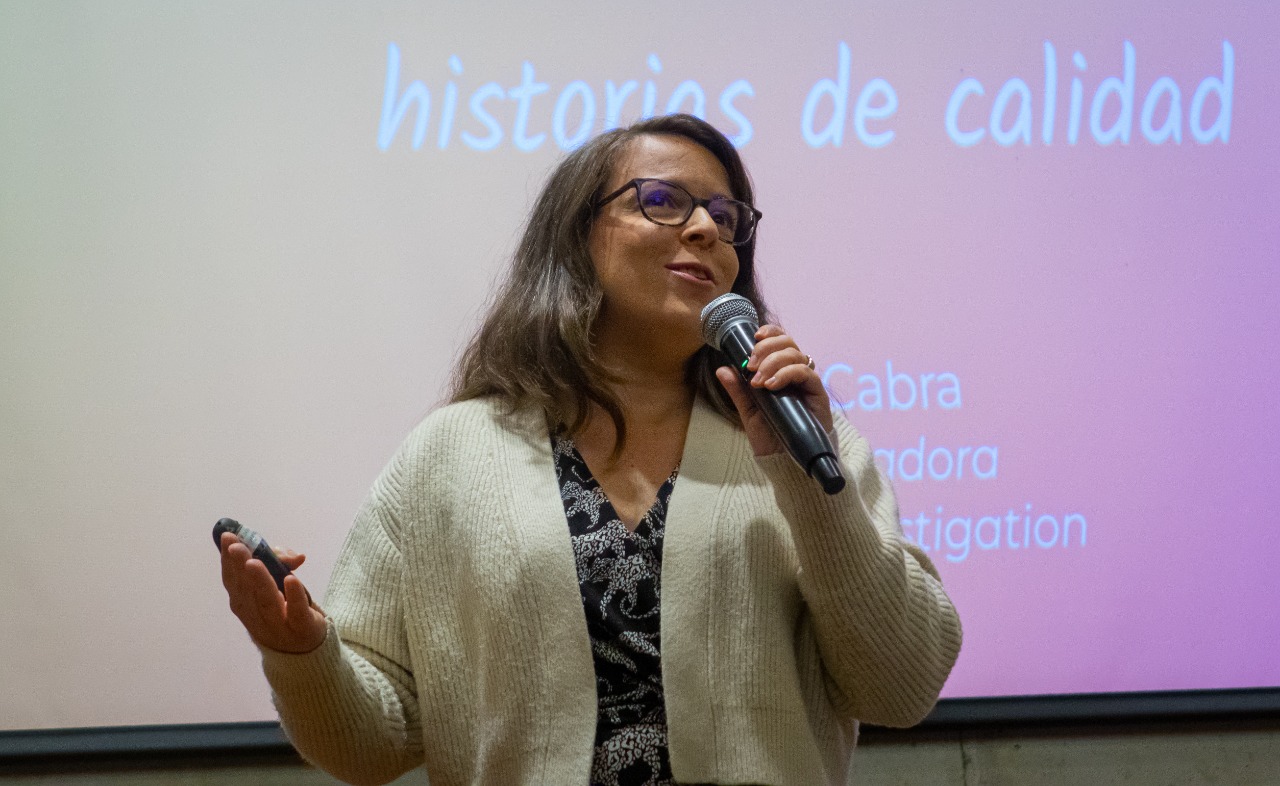- Digital Media Products, Strategy and Innovation by Kevin Anderson
- Posts
- Rebuilding demand and revenue for journalism - Co-creation and membership tiers
Rebuilding demand and revenue for journalism - Co-creation and membership tiers
PLUS Reuters releases important AI research AND Journalists focus on improving their mental health
Both the US and UK had three-day weekends, so I took a bit of a break. I hope that everyone there had some nice downtime, and in that spirit, I wanted to continue my series on creating demand for news but in a lighter vein. Thinking back to the last edition of the newsletter, one of the ideas for re-igniting people’s passion for local news was co-creation, and we should take a page out of the playbooks of creators.
I was reminded of this when listening to my music collection, and my Plex server threw up a random Coverville podcast from 2008. If you don’t know the podcast, it’s a brilliant podcast of cover songs - covers of an artist’s catalogue or the artist singing cover songs. Host Brian Ibbot seeks out original covers that offer up some surprising interpretations of the originals. In addition to producing a high-quality podcast, Brian has long had innovative ways to engage the audience and partner with other podcasters, which have helped support the podcast and grow its audience. When I first started listening to him in 2006, he had a feature called Musically Challenged, when other music podcasters would create incredible music trivia segments for him and his wife Tina, and he would also host his own Musically Challenged Live episodes when listeners could take part. Now, he has a Patreon membership scheme with multiple levels and benefits, including access to members-only episodes, a Discord channel and coupons for merchandise.
The idea of using co-creation and engagement as a selling point is a common point amongst podcasters, YouTubers and newsletter authors. A couple of years ago, my wife, Suw, turned me on to the Strong Songs podcast. Multi-instrumentalist Kirk Hamilton breaks down famous songs and how they were made. For instance, on a recent episode, he went through the making of Blondie’s Heart of Glass, from an early stripped-down version through every section of the final disco dance classic. This episode was a new experiment for him in which his Patreon supporters voted for the song he would analyse. It came down to Blondie and Nirvana, and Blondie won.
These types of strategies are everywhere in the creator economy, whether it is subscriber-only content like Joyce Vance’s Five Question series on Substack or Action Retro’s Sean Malseed reading out his Patreon backers at the end of his ‘shenanigans’ resurrecting or turbocharging vintage computers.
Of course, traditional media are adopting these tactics as well. Last week at journalism.co.uk’s News Rewired conference in London, The Telegraph’s Head of Newsletters Maire Boneheim talked about how their political reporter Dominic Penna regularly takes questions from paying subscribers who receive the newsletter to put to politicians.
Riffing on thoughts from the last newsletter about creating demand for local news, I think that membership is such a powerful model. Most members will be happy to contribute money but do not want to get involved in co-creation. When I worked at The Guardian, I was introduced to the 1-9-90 model of user engagement and online communities. It states that 90% of people are happy to be in the audience, reading, listening to or watching what you create; 9% will rate or recommend the content; and 1% will engage in active co-creation. While it’s important to involve as many people as possible, it’s also good to manage your expectations.
However, it also is important to understand the different motivations of your audience and build membership or subscription tiers that tap into how and why they engage with or don’t engage with you. The higher tiers can tap into people’s desire to support your efforts and also to be involved in them. When considering your membership tiers, it is always useful to survey existing members or subscribers, if you’re transitioning to a membership programme, as well as your newsletter subscribers who might not yet be supporters.
And now the links for the week. Rasmus Klein Nielsen of the Reuter’s Institute takes journalists to task for their coverage of AI. “(N)early 60% of news articles across outlets were indexed to industry products, initiatives, or announcements,” research has found.
And the Reuters Institute has also just released additional research into public attitudes towards generative AI. “Most of the public expect generative AI to have a large impact on virtually every sector of society in the next five years, ranging from 51% expecting a large impact on political parties to 66% for news media and 66% for science.”
The big news of the past week was News Corp joining other major news organisations in signing deals with OpenAI. The Conversation looked at what this will mean for journalism, and this analysis says that small and medium publishers will be pushed aside as AI groups look for deals with major players with large archives. This will only add to the pressures on the industry to consolidate.
To demonstrate how important AI has become to journalism, Yolanda Ma at the University of Hong Kong will be teaching a course on AI that will be mandatory for journalism master’s degree students.
As we consider the future, the Pew Centre looked to the past and found that 25% of all webpages that existed between 2013 and 2023 can no longer be accessed. I think of all of the stories that I’ve written and probably many of them are most likely only accessible via microfilm or old hard copies.
Publishers like the FT and DC Thomson have been using attention metrics like quality reads to measure attention, and now these attention metrics are spilling over into the commercial side of the business as the New York Times. It’s not entirely new as advertisers have wanted a better sense of viewability and engagement with advertising that CTRs don’t capture.
How journalists and their managers are beginning to address mental health
This past week, I couldn’t help but notice several stories relating to journalists’ mental health and efforts to improve it. Hannah Storm has released a book with practical advice on how journalism managers can support a positive culture. One thing leaps out at me: Journalists are stressed about expressing distress because they fear it will be perceived as a sign of weakness. That speaks volumes about long-standing issues in newsroom culture.
Hannah is a growing number of journalists working in this space. From this piece by The Fix, Mar Cabra says, “Journalism is one of the most stressful professions alongside firefighters, military personnel and doctors. Yet despite its intensity and burden, journalists lack the basic training to self-guard themselves. The profession is missing its first aid kit.”
And I’ll close out on this link that came to me from Samantha Ragland on LinkedIn, who says, “The more we talk about the hazards of this job and how we find our way through, the more likely we are (and others) to navigate them with our minds and bodies (intact).”
It links to Knight Fellow Pavla Holcova’s piece about why pushing harder wasn’t helping. God knows I’ve been there - 80-hour weeks covering elections, months without much of a break after the 9/11 attacks and working through shingles and COVID. It used to be a temporary burst of work until it became permanent. Holcova’s piece is below as well. It’s really worth reading. I’m starting to prioritise leisure, which has meant being more focused when I am working. We need to talk about this and not just journalists. Overwork seems to be a permanent fixture of professional life now, and I think we need to call time on it.







